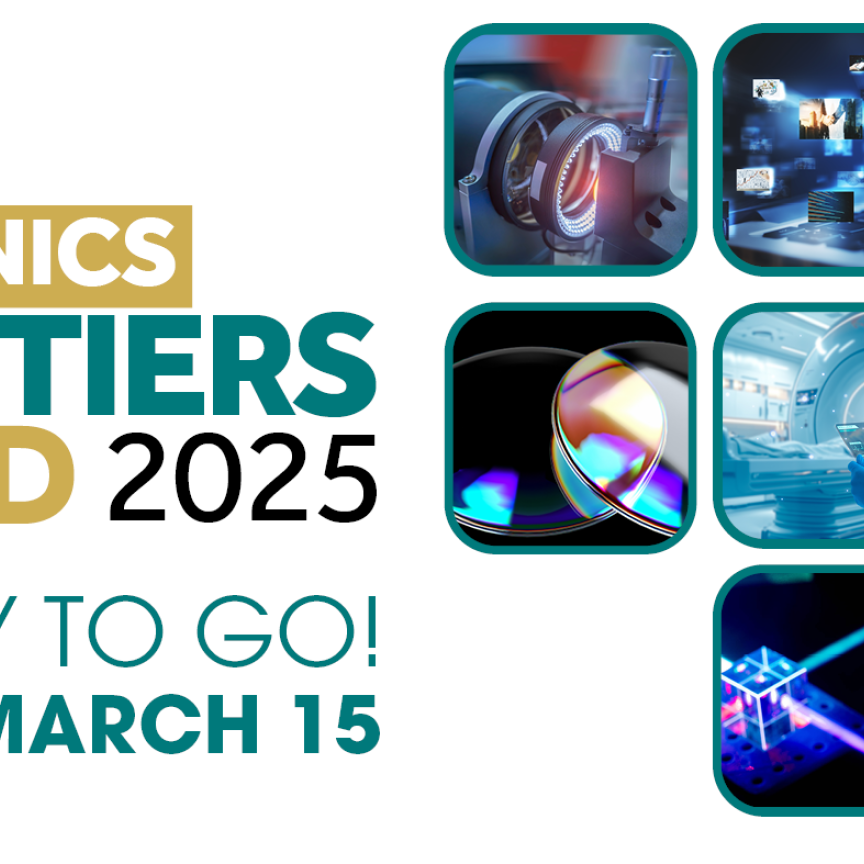Laser Diodes in Optofluidics and Microfluidics

Microchips are extremely useful when studying sample sizes less than a milliliter in volume. Researchers from Massachusetts Institute of Technology and Georgia Institute of Technology both used microchips in conjunction with infrared diode lasers to conduct experiments on small-scale environments. The absorption spectrum of water dictated the wavelength choices made by the researchers. On one hand, negligible heating of the water (via absorption) was desired, so the wavelength was chosen away from an absorption peak of water. In the opposite scenario, the laser was utilized to heat up the liquid in the microchip. As such, the wavelength was aligned with a water absorption peak. In both cases, the lasers play a crucial role in the positive outcomes of the two experiments.
Microchips are extremely useful when studying sample sizes less than a milliliter in volume. Researchers from Massachusetts Institute of Technology and Georgia Institute of Technology both used microchips in conjunction with infrared diode lasers to conduct experiments on small-scale environments. The absorption spectrum of water dictated the wavelength choices made by the researchers. On one hand, negligible heating of the water (via absorption) was desired, so the wavelength was chosen away from an absorption peak of water. In the opposite scenario, the laser was utilized to heat up the liquid in the microchip. As such, the wavelength was aligned with a water absorption peak. In both cases, the lasers play a crucial role in the positive outcomes of the two experiments.

